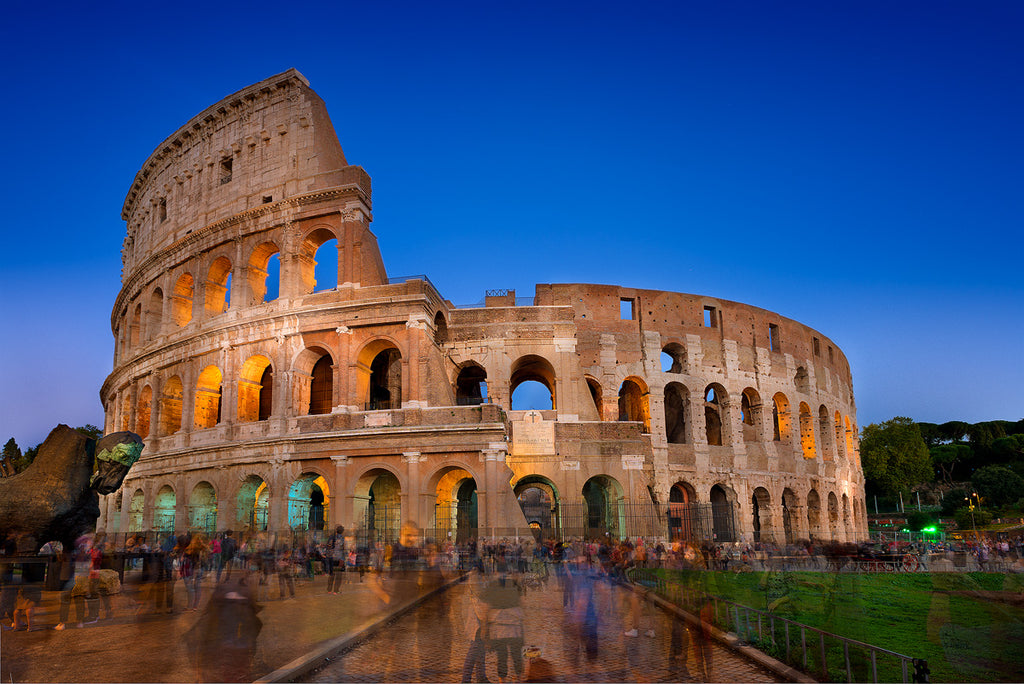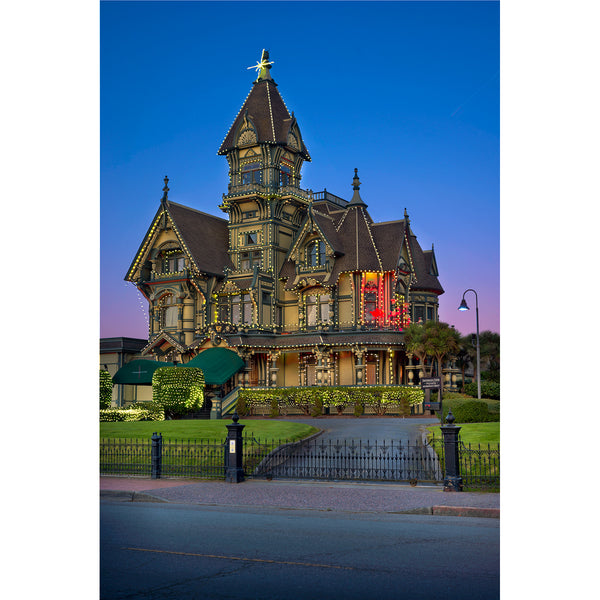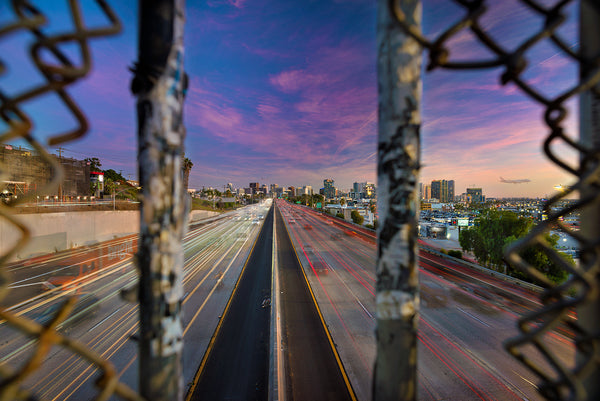colosseum
Luminous Views Gallery




Click Here to Order a Ready to Frame Luster Print
Late October 2016. Time to reap what we sow. It had been near a decade since I sold my first Luminous View. Not quite in the category where folks could call themselves well off but never the less in a position of some freedom what do folks do? Travel to far away places. So that is what the best girl ever and I did. We went to Italy and France. It wa one incredible time.
The Colosseum could hold, it is estimated, between 50,000 and 80,000 spectators, having an average audience of some 65,000. It was used for gladiatorial contests and public spectacles like animal hunts, executions, re-enactments of famous battles, and dramas based on Classical mythology. The building ceased to be used for entertainment in the early medieval era. It was later reused for such purposes as housing, workshops, quarters for a religious order, a fortress, a quarry, and a Christian shrine.
Substantial quantities of machinery also existed in the underground (hypogeum). Elevators and pulleys raised and lowered scenery and props, as well as lifting caged animals to the surface for release. There is evidence for the existence of major hydraulic mechanisms. According to early ancient accounts it was possible to flood the arena rapidly, presumably via a connection to a nearby aqueduct. However, the construction of the hypogeum at Domitian's behest put an end to the practice of flooding, and thus also to naval battles, early in the Colosseum's existence.
Although partially ruined because of damage caused by earthquakes and stone-robbers, the Colosseum is still an iconic symbol of Imperial Rome. It’s obvious why it is one of Rome's most popular tourist attractions.
The Colosseum could hold, it is estimated, between 50,000 and 80,000 spectators, having an average audience of some 65,000. It was used for gladiatorial contests and public spectacles like animal hunts, executions, re-enactments of famous battles, and dramas based on Classical mythology. The building ceased to be used for entertainment in the early medieval era. It was later reused for such purposes as housing, workshops, quarters for a religious order, a fortress, a quarry, and a Christian shrine.
Substantial quantities of machinery also existed in the underground (hypogeum). Elevators and pulleys raised and lowered scenery and props, as well as lifting caged animals to the surface for release. There is evidence for the existence of major hydraulic mechanisms. According to early ancient accounts it was possible to flood the arena rapidly, presumably via a connection to a nearby aqueduct. However, the construction of the hypogeum at Domitian's behest put an end to the practice of flooding, and thus also to naval battles, early in the Colosseum's existence.
Although partially ruined because of damage caused by earthquakes and stone-robbers, the Colosseum is still an iconic symbol of Imperial Rome. It’s obvious why it is one of Rome's most popular tourist attractions.
TITLE
colosseum
colosseum
PHOTOGRAPHIC EDITIONS
750 editions
CANVAS EDITIONS
300 editions
CREATED
© October 2017
750 editions
CANVAS EDITIONS
300 editions
CREATED
© October 2017



